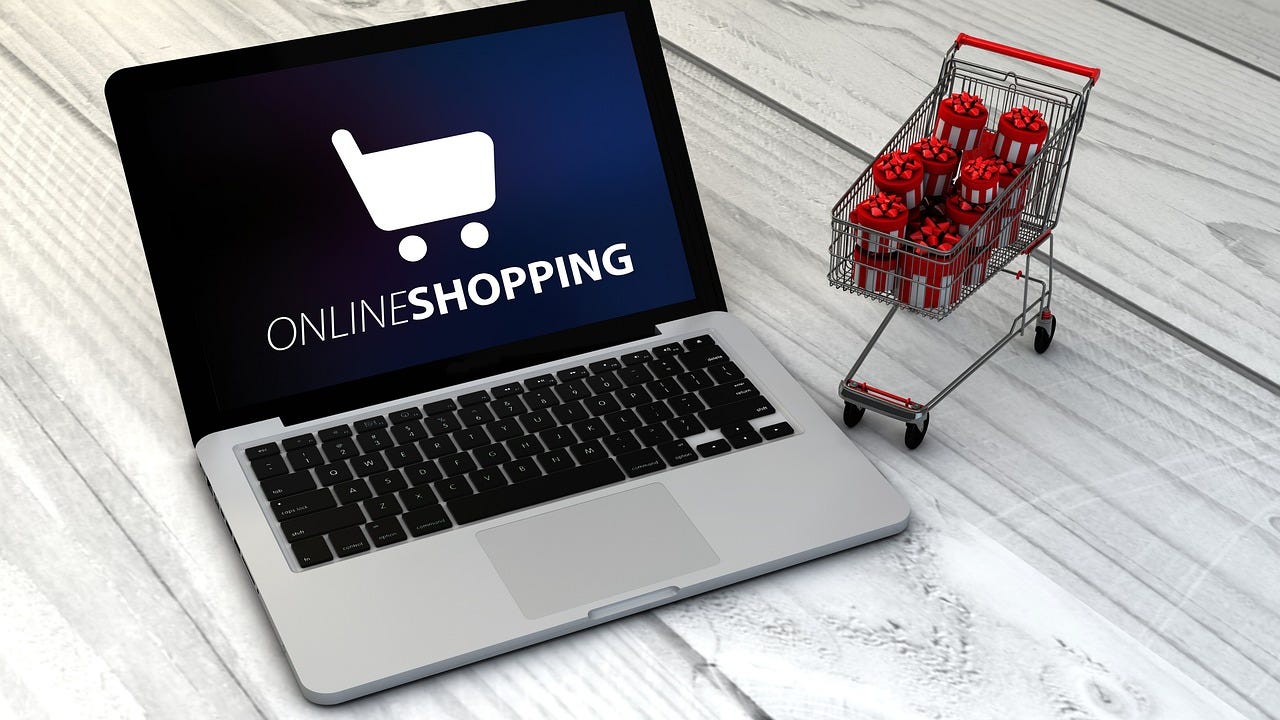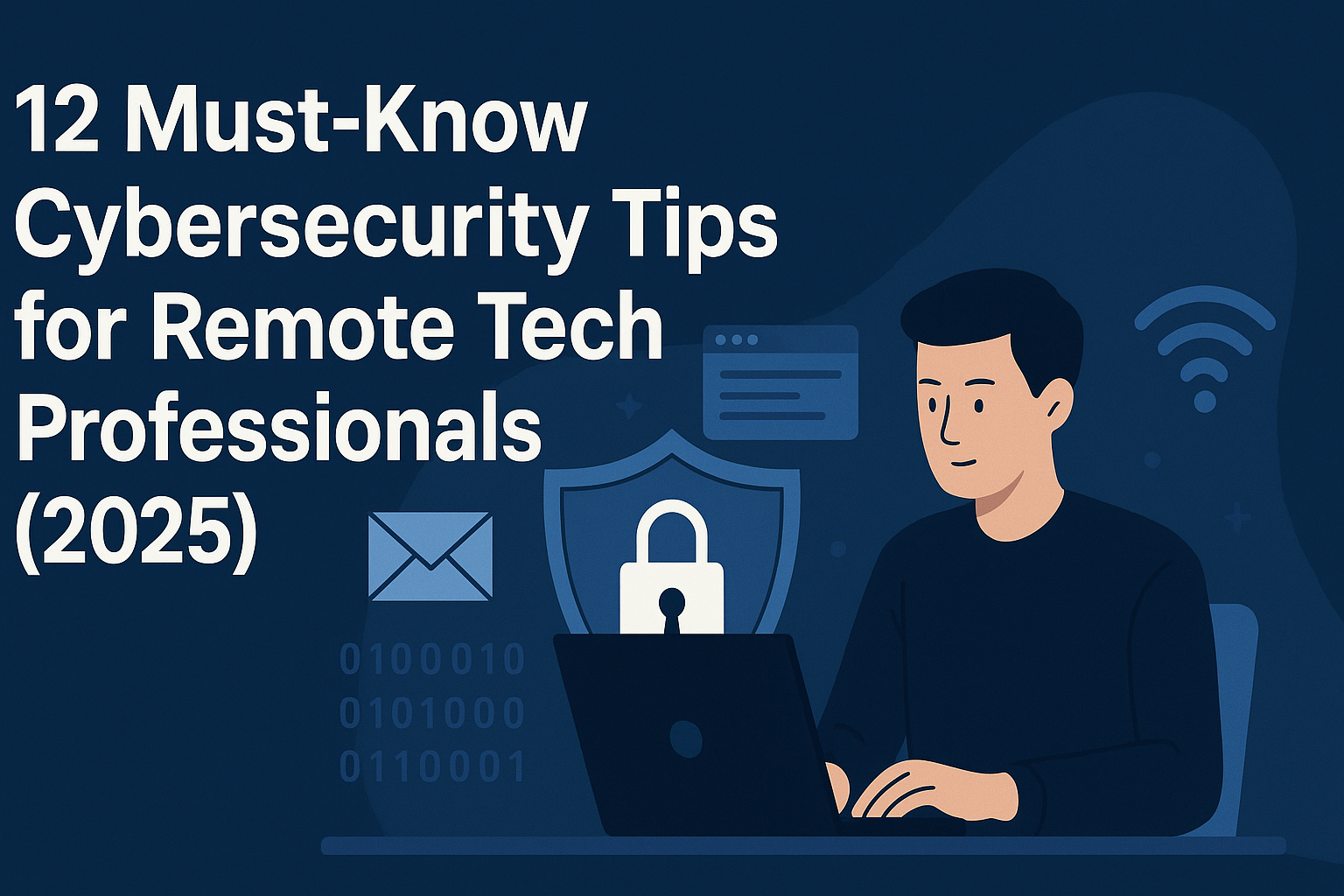As the digital landscape grows, online businesses are becoming more at risk to cyber attacks. The rise in online transactions and digital interactions has exposed them to several threads like SQL injections, cross-site scripting, phishing, DDoS attacks and more, causing disruptions in their business operations and leading to losses that most are not able to recover.
This is where the importance of enhancing the security measures with WooCommerce plugins becomes important. In this post, we provide insights into how to set up Web Application Firewalls to protect against common vulnerabilities.
Why is enhancing WooCommerce security important
WooCommerce is a robust platform that comes with several security measures by itself. But considering how it needs to handle customer information, payment details and transaction histories, it's important for eCommerce businesses to further secure their WooCommerce websites to prevent:
- Reputational damage - Cyber attacks often lead to customers losing trust in your ability to protect their data, which leads to long-term brand damage.
- Financial loss - Direct theft of funds or cyber attacks that include fraudulent transactions can disrupt operations and impact your bottom line.
- Legal repercussions - Regulatory policies and clauses can further impose fines for non-compliance with data protection regulations like GDPR or PCI-DSS.
Surveys have found that almost 32.4% of online businesses have experienced successful cyber attacks.
What are Web Application Firewalls (WAFs)?
Web Application Firewalls act as a shield between your website on WooCommerce and cyber attackers. The solution continually monitors, filters and blocks malicious traffic to your website by analyzing HTTP/ HTTPs requests and responses. This ensures that only legitimate traffic lands on your website, reducing the risk of common attacks drastically.
Here are some benefits of having WAFs on your WooCommerce website:
- Protection Against Common Threats: Designed to guard against all types of cyber attacks and web vulnerabilities including SQL injections, XSS, cross-site request forgery (CSRF), and others.
- Real-Time Threat Detection: Advanced algorithms and machine learning can identify and respond to potential threats in real-time and mitigate zero-day exploits.
- Traffic Filtering: They filter out malicious traffic before it reaches your server, which also reduces the load and potential damage.
- Advanced Bot Protection: WAFs come with the ability to identify and block bots that can scrape content, cause credential stuffing or carry out automated attacks.
- Compliance Assistance: Help ensure compliance with industry standards like PCI-DSS and GDPR by protecting sensitive customer data.
- Performance Optimization: Some WAF solutions also include features like caching and content delivery network (CDN) integration that help with your website's performance and load times.
- Detailed Logging and Reporting: With a WAF, you also get comprehensive logs and reports on the traffic to your website, attacks and security events. This helps refine your security measures.
How to set up and configure WAFs for WooCommerce
Setting up modern Web Application Firewalls is now easier with the help of WooCommerce plugins. Here's how you can set one up right away:
1. Choose a WAF solution
Start by exploring the options available to you considering ease of integration with WooCommerce, security features and support. Some of the common providers include Cloudflare, Wordfence and Sucuri.
2. Install and integrate the WAF
A good Web Application Firewall solution will come with an easy installation process or a plug and play plugin. For cloud-based solutions, you will need to update your DNS settings to point to the WAF provider. But plugin-based solutions would simply require you to install the plugin from the WooCommerce dashboard and then configure the settings.
3. Configure firewall rules
Once you have installed a WAF, configure the firewall rules to keep your WooCommerce website secure. This includes configurations to block common attacks, setting up custom rules to address specific vulnerabilities, and automating reports or alerts so you can respond to potential threats proactively.
4. Regular updates and maintenance
With technology evolving rapidly, the security measures you set up today may not be as effective in a few weeks or months. We recommend setting a regular cadence to audit your security measures and their effectiveness. This should include regular updates to your WAF to set up the latest threat definitions and security patches, and reviewing and adjusting firewall rules.
5. Testing and verification
Loop in experts to test the effectiveness of the Web Application Firewalls you've set up. This could include using tools like penetration testing and vulnerability scanners that conduct periodic security audits to identify and address potential threats.
Conclusion
As you scale your business, you will need to create more custom functions on your WooCommerce website. But when you make adjustments to the CMS functionalities and install new solutions on your website, you open doors to several cyber vulnerabilities and attacks that come with them.
This is why it is becoming important for WooCommerce websites to proactive address the concerns of cyber threats to protect sensitive business data. By selecting the right WAF solution and spending time on setting up the right configurations, you protect the integrity of your business and scale more confidently in the digital landscape.


